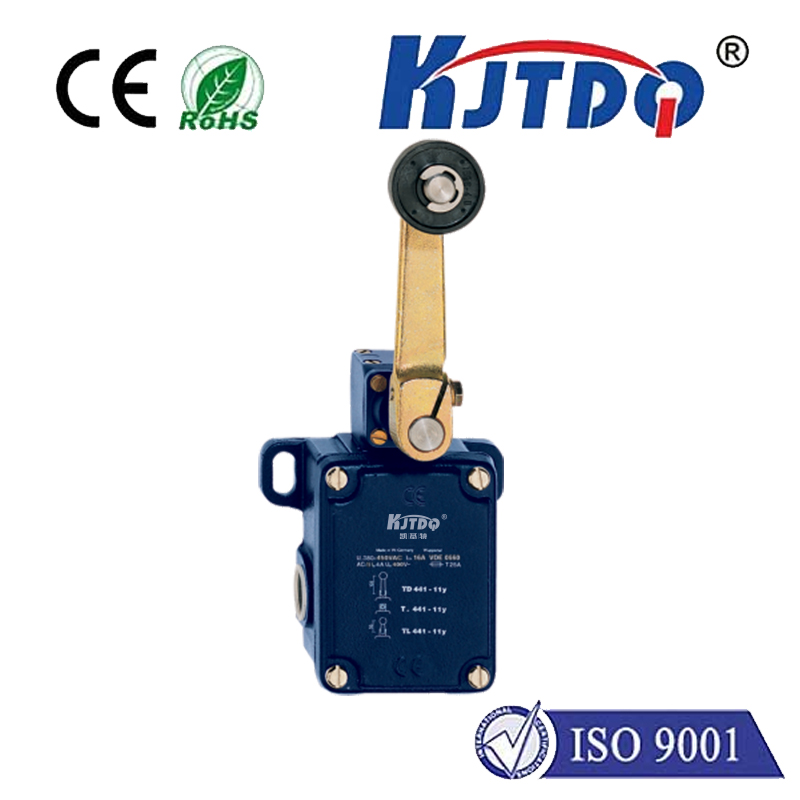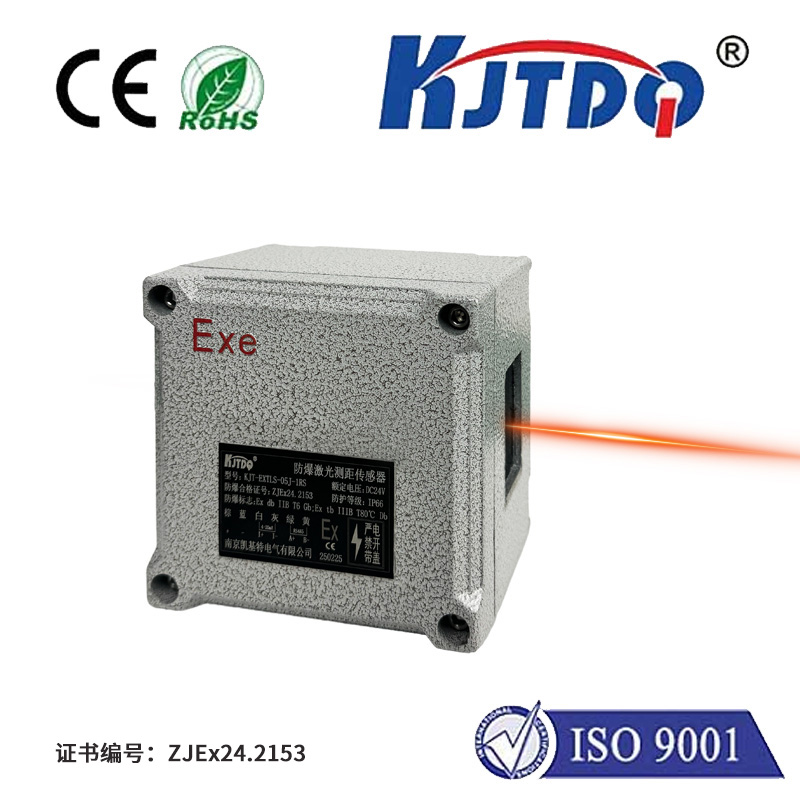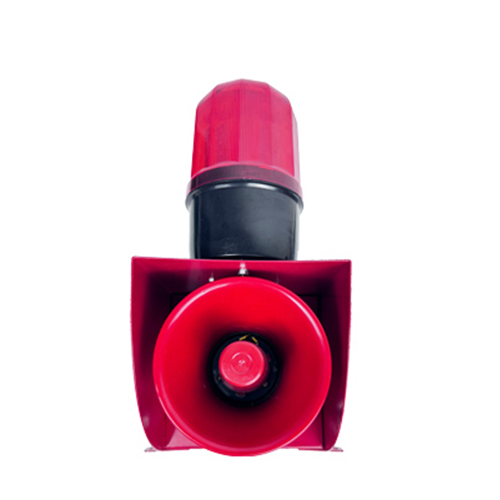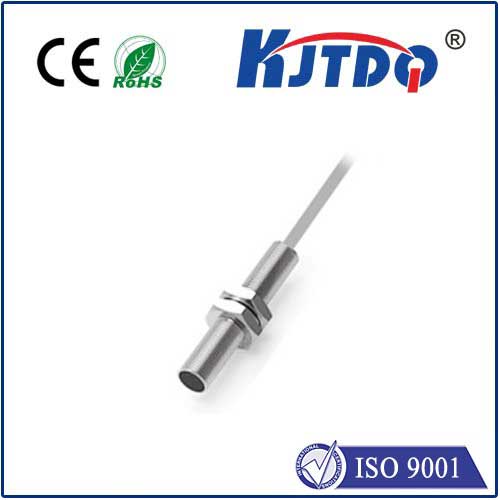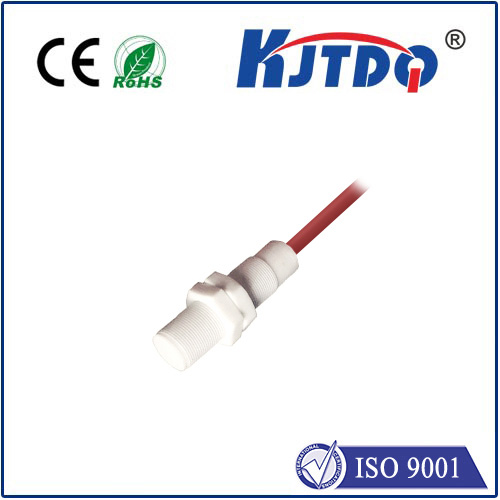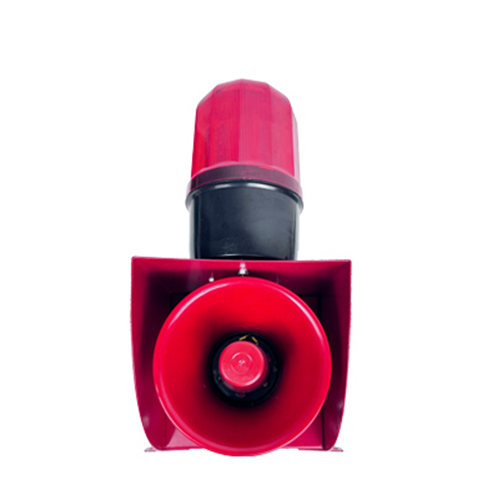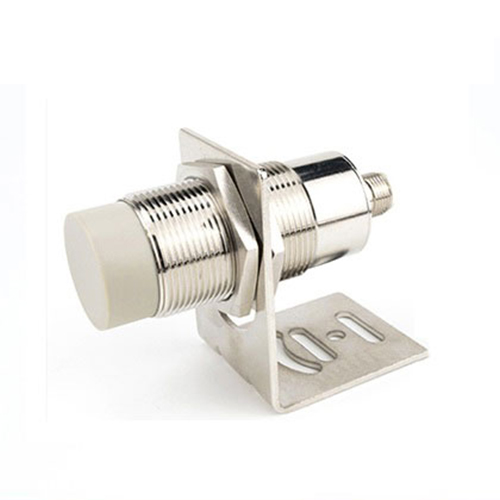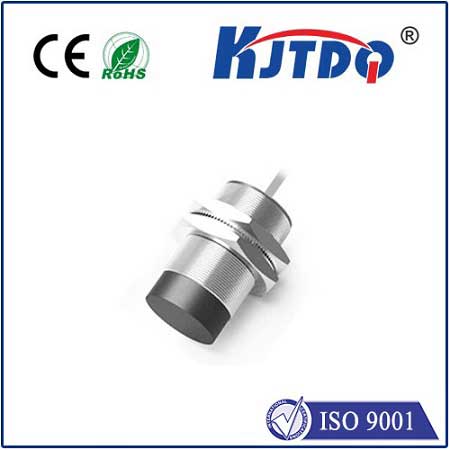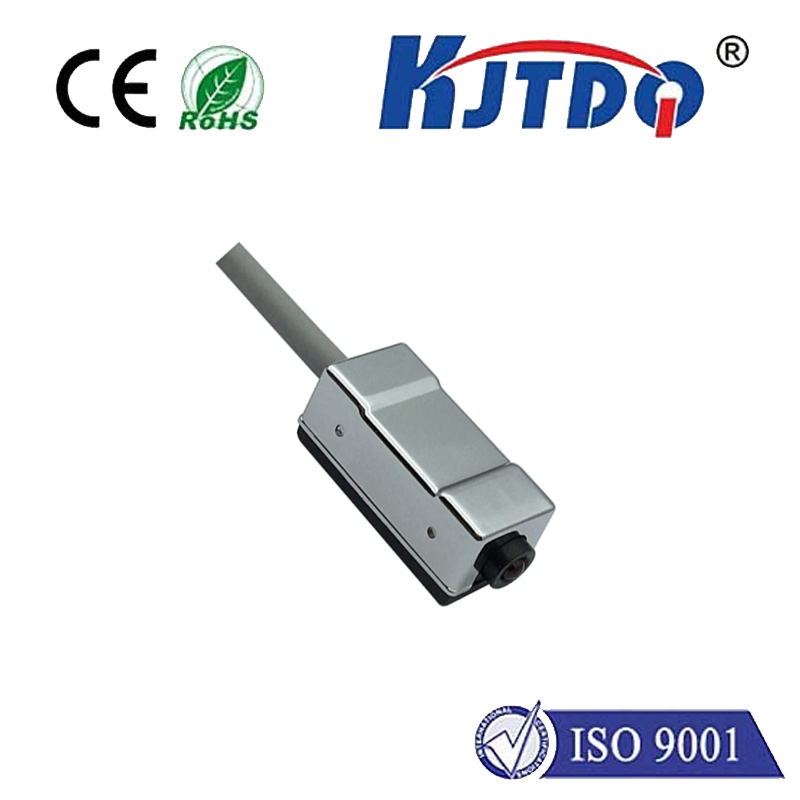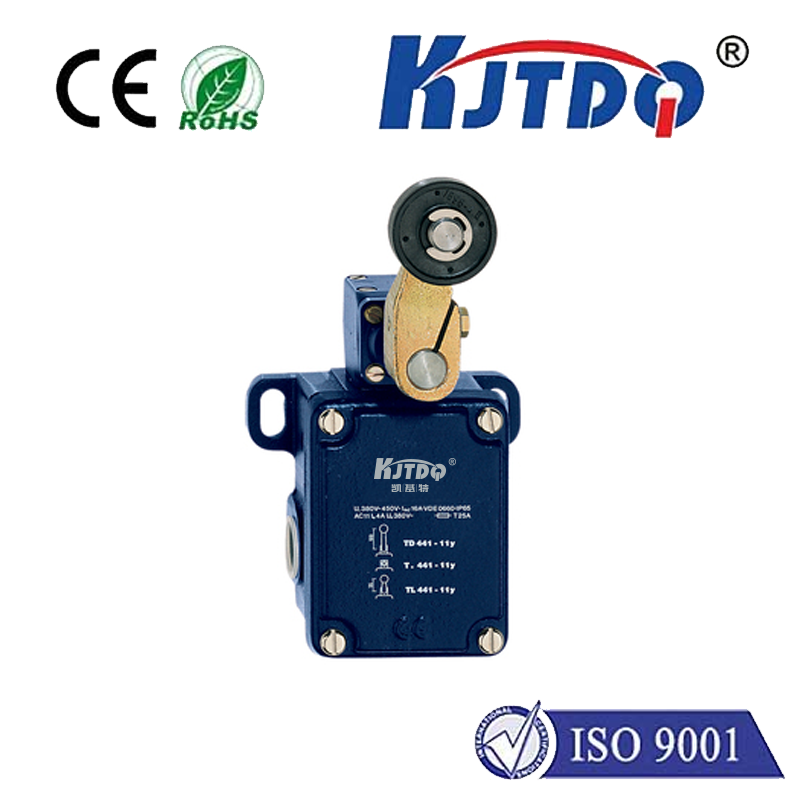Proximity Sensor PNP Output: Understanding and Applications In the realm of automation and industrial control systems, proximity sensors play a pivotal role in enabling machines to perceive their environment without physical contact. Among the various types of outputs that proximity sensors can produce, the PNP output stands out for its specific characteristics and applications.
A proximity sensor is an electronic device designed to detect the presence or absence of objects within a certain range. Unlike contact-based sensors, it operates without any physical interaction with the target object, ensuring non-invasive detection. These sensors are widely used in industries such as manufacturing, logistics, automotive, and many others where precise object detection and position sensing are crucial. Proximity sensors employ different technologies to achieve this functionality, including inductive, capacitive, photoelectric, and ultrasonic sensing methods. Each type has its advantages and is suitable for specific applications based on the nature of the target object and the environmental conditions.
PNP, which stands for “Positive-Negative-Positive,” is a type of electrical output configuration commonly used in proximity sensors and other industrial devices. In a PNP output setup, the sensor provides a positive voltage signal (usually close to the supply voltage, often +24V DC) when activated, indicating the presence of an object, and a low voltage signal (typically 0V or ground) when deactivated or no object is detected. This contrasts with NPN output, another common configuration where the active state corresponds to a low voltage signal and the inactive state to a positive voltage. The choice between PNP and NPN output depends on the specific requirements of the application and the compatibility with the control system’s input configuration.
As mentioned earlier, PNP output typically operates with a high voltage level in the active state, which makes it less susceptible to voltage drops over long cable lengths compared to NPN. This feature is beneficial in large installations where sensors are located far from the control system.

PNP sensors usually require a three-wire connection: a positive power supply wire (V+), a negative or ground wire (0V), and a signal wire (S). When the sensor detects an object, the signal wire connects to the power supply (V+), sending a high signal to the control system.
PNP outputs generally offer better noise immunity than NPN due to their higher signal levels. This characteristic is particularly important in industrial environments where electromagnetic interference (EMI) can be significant.
In automated conveyor systems, PNP proximity sensors can be used to count objects passing through, monitor product placement accuracy, or initiate actions like diverting items onto different paths based on their presence or absence.
Machine tool manufacturers often integrate PNP proximity sensors into safety interlocks to ensure operator protection. For instance, these sensors can detect if protective doors or guards are properly closed before allowing machinery to operate, preventing accidents.
On assembly lines, PNP sensors help in precise positioning of components during the manufacturing process. They enable robotic arms to accurately pick, place, or assemble parts by confirming their presence at designated locations.
In access control systems, PNP proximity sensors trigger the opening and closing of automatic doors or barriers based on the detection of authorized personnel or vehicles. This enhances security and convenience in facilities like warehouses, factories, and parking lots.
PNP output’s inherent design ensures reliable operation even under harsh industrial conditions, providing accurate detection consistently over time.
Most modern controllers and PLCs support both PNP and NPN inputs, making it straightforward to incorporate these sensors into existing systems without requiring major modifications.
The ability to switch between PNP and NPN configurations simply by changing the wiring connections offers flexibility in adapting to different application needs or control system requirements. In conclusion, understanding the concept of ‘proximity sensor PNP output’ is essential for engineers and technicians involved in designing and maintaining automated systems. Its unique characteristics make it a preferred choice in numerous industrial applications, contributing to enhanced efficiency, safety, and productivity. As technology advances, we can expect further innovations in proximity sensing technologies, pushing the boundaries of what’s possible in automation and control systems.
